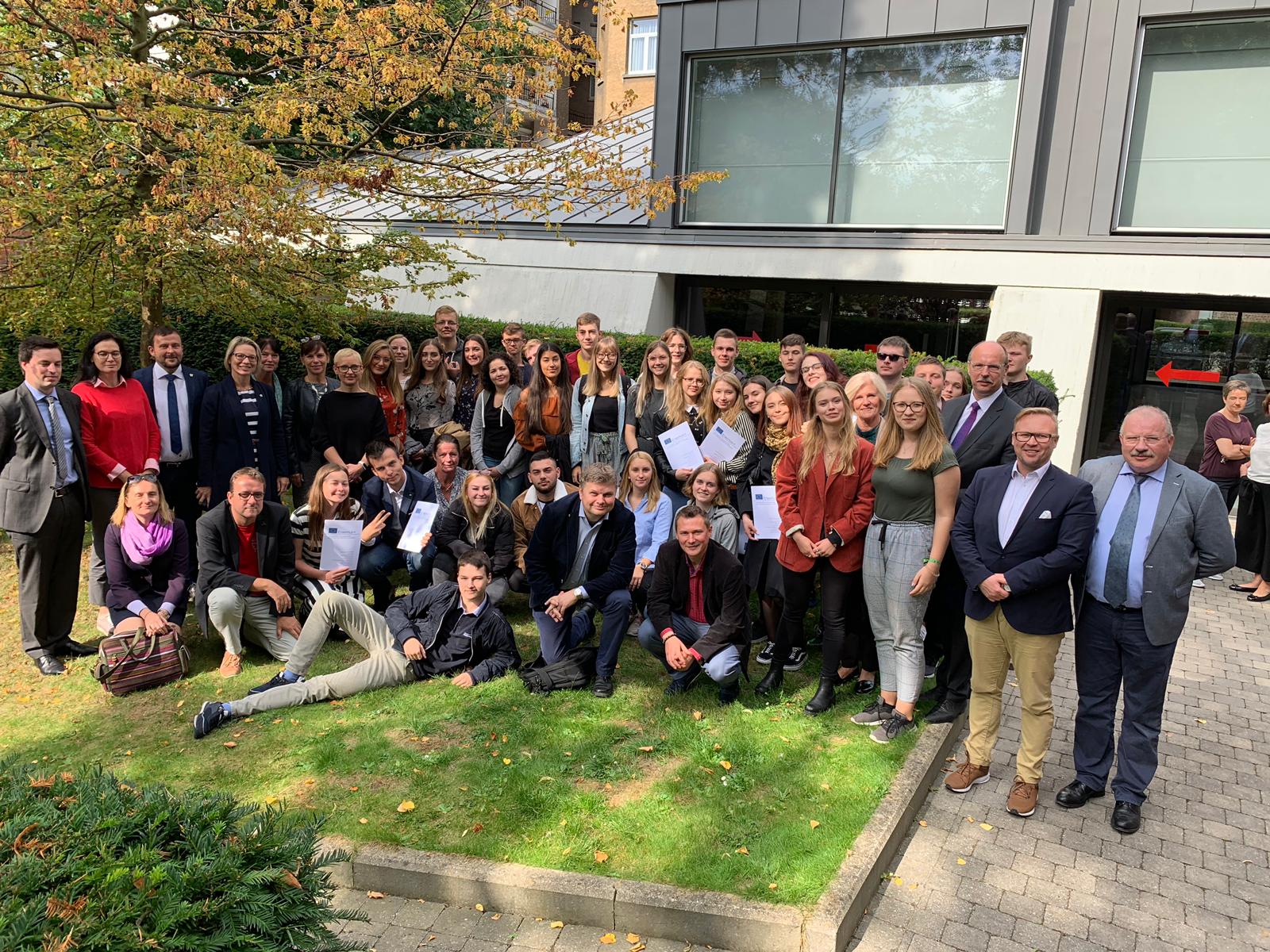
On 24 February 2016, Peenemünde Historical Technical Museum submitted an application for the EU’s Europe for Citizens Programme after almost two years of preparation, for the networking of 11 European associated project partners working with the subject of the First and Second World Wars. Here is a small video message to all project partners and interested parties:
The aim of the project is to achieve a culture of remembrance in Europe at a significantly higher level by networking national individual activities. Different educational establishments and schools from four European countries will cooperate in the future in the international youth meetings at historically significant locations in relation to the history of the First and Second Word Wars.
- Heinrich-Heine School, Karlshagen
- Runge Gymnasium, Wolgast
- European Comprehensive School, Island of Usedom
- Youth Meeting and Educational Centre Golm
- Peenemünde Historical Technical Museum
- Świnoujście Lyceum
- Warsaw Uprising Museum
- Museum of the former Stutthof concentration camp
- Cesar-Franck Athenaeum, Kelmis
- Autonome Hochschule/GrenzGeschichte DG, Kelmis
- Alfred Kastler-College Merville Franceville
On December 9, 2019, the project website www.grenzgeschichten-lernorte.jimdo.com was launched. Here you will find all information about the project and a virtual learning case with film, photos and documents. It is now available to all schools and citizens across Europe.

Within the framework of the international youth meetings, international youth projects have been taking place at the museum in Peenemünde since 1999. These are carried out in cooperation with the “Norddeutsche Jugend im internationalen Gemeinschaftsdienst (North German Youth in International Community Service) e.V.” association. Here, young people from all over the world become involved mainly in the monument landscape of Peenemünde and with their work and deliberate examination of the historical location, they make clear marks of understanding, tolerance and togetherness.
